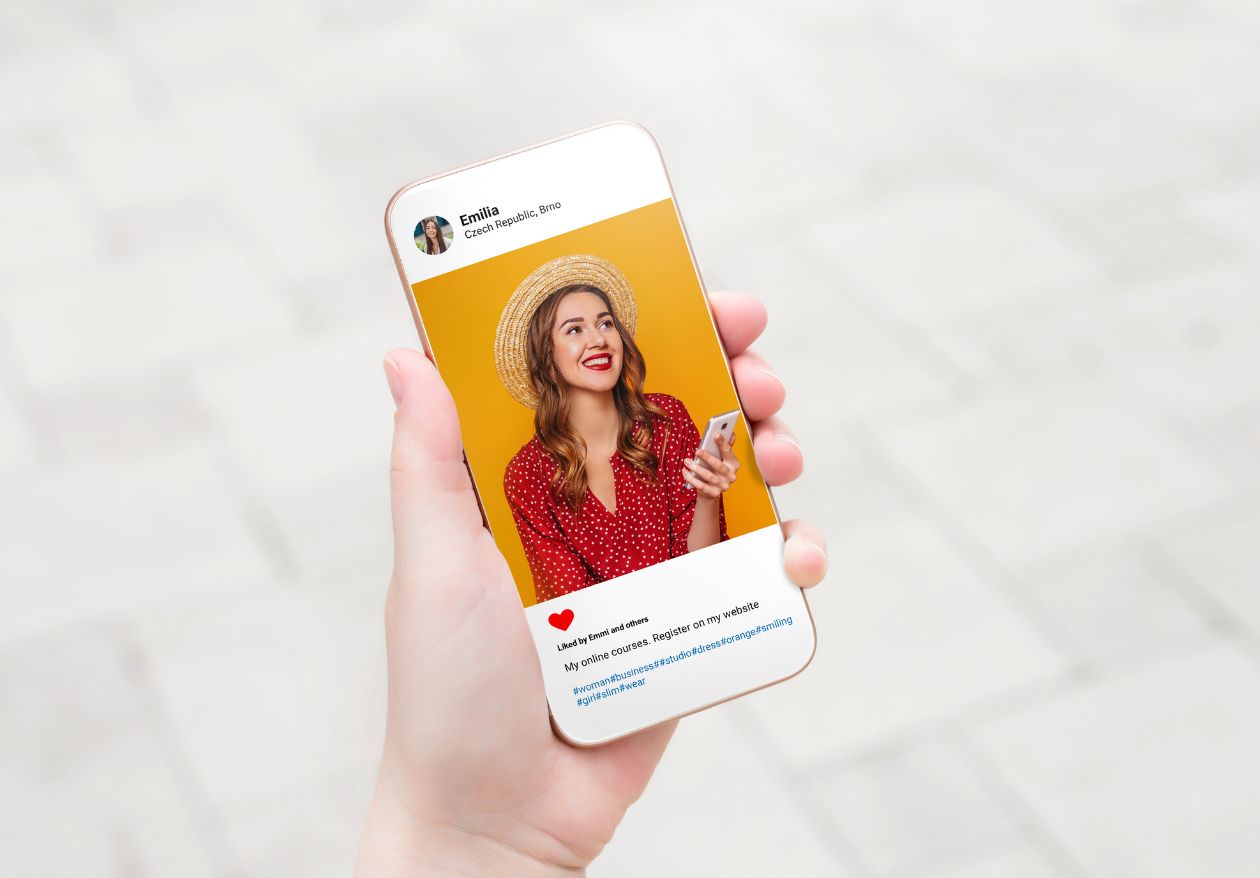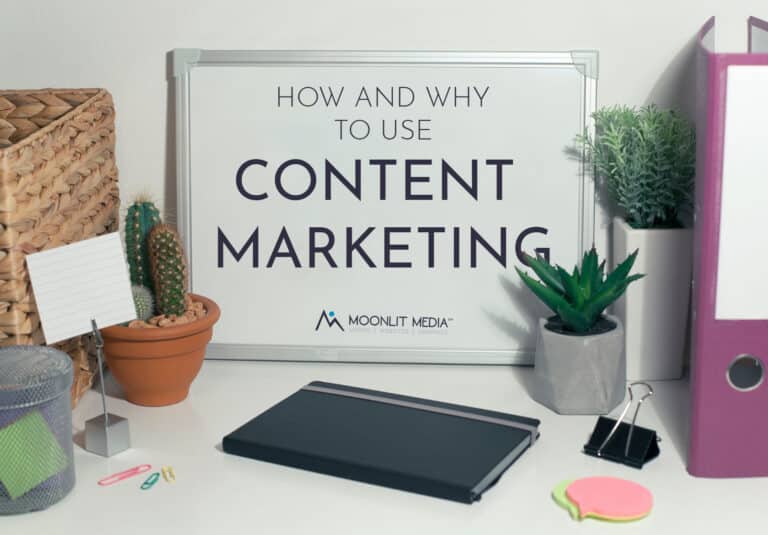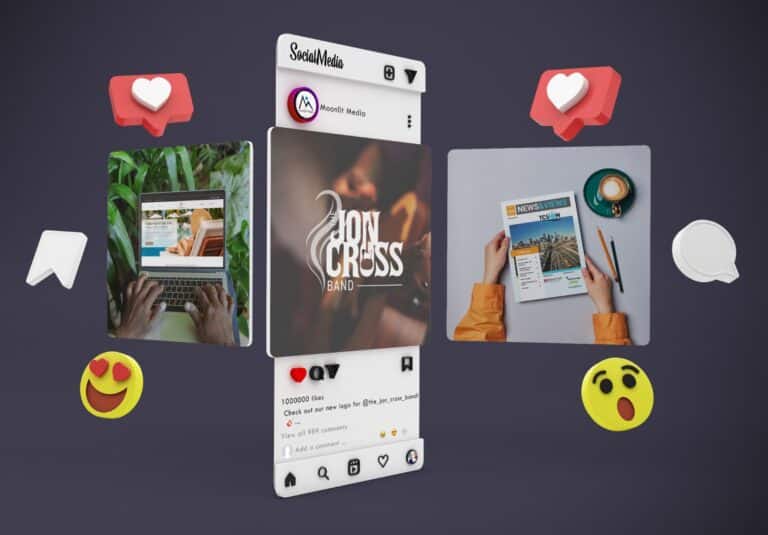When you’re running a small business, staying present can feel like a frantic game of whack-a-mole. But for those with limited resources and overflowing to-do lists, scheduling social media posts can be a game-changer. It promises consistent content, saves precious time, and allows for strategic planning.
However, like any powerful tool, scheduling comes with its own set of challenges. Let’s delve into the good, the bad, and the ugly of scheduling social media.

The Good: Consistency is King (and Queen)
Imagine your social media presence as a busy grocery store. Scheduling ensures you have fresh food and produce (content) on the shelves consistently, which helps attract and retain customers (followers). Regular posting keeps your brand at the forefront of your audience’s mind, fostering brand awareness and loyalty.
Planning Makes Perfect
Scheduling allows you to plan your content calendar in advance. This means you can capitalize on upcoming holidays, industry trends, or product launches. You can craft compelling captions, source high-quality visuals, and schedule them weeks—or even months—in advance. This frees you up for more strategic tasks, like analyzing engagement metrics or responding to comments.
Batching is Your Best Friend
Feeling overwhelmed by the constant content creation churn? Scheduling allows you to batch-create content. Dedicate a specific time slot each week to brainstorm ideas, capture photos and videos, and write captions. This streamlines your workflow and prevents that last-minute scramble for content.
The Tools of the Trade
Several social media scheduling platforms cater to businesses of all sizes. Here are a few popular options:
- Hootsuite: A veteran in the game, Hootsuite offers a robust suite of tools for scheduling, analytics, and engagement across various platforms.
- ContentStudio: A unified social media management platform for managing all your socials from one dashboard.
- Buffer: Known for its user-friendly interface, Buffer allows you to schedule posts in advance and even queue them up for optimal posting times.
- Later: Designed specifically for Instagram, Later boasts powerful visual tools for planning your Instagram feed and Stories.
- Sprout Social: This all-in-one platform offers scheduling, engagement management, and analytics for major social networks, allowing you to manage everything from a single dashboard.
- MeetEdgar: Ideal for businesses that prioritize evergreen content, MeetEdgar automatically recycles your top-performing posts, keeping your social media channels active without constant creation.
A Small Business’ Guide to Scheduling Success
While scheduling offers numerous advantages, here’s how to ensure it doesn’t become a double-edged sword for your small business:
- Don’t Neglect Engagement: Scheduling is a tool, not a replacement for genuine interaction with your audience. Respond to comments and messages promptly, and participate in relevant conversations for your industry.
- Maintain Authenticity: Pre-written content can feel robotic. Schedule posts in advance, but leave room for personalization and real-time interactions.
- Data Drives Decisions: Don’t just post blindly. Analyze your social media insights to see which posts resonate with your audience and schedule more of that type of content.
- Leave Room for Spontaneity: Break the mold occasionally. Respond to trending topics or post behind-the-scenes snippets to keep your audience engaged.

The Ugly: The Pitfalls of Scheduling Social Media
Scheduling isn’t a magic bullet. You will still need to interact regularly with customers and engage with other pages on social media. Here are some potential drawbacks to consider:
- Losing the “Live” Feel: Over-reliance on scheduling can make your social media presence feel impersonal.
- Missing the Moment: The beauty of social media lies in real-time interaction. Scheduling can make it difficult to capitalize on unexpected trends or conversations.
- Technical Glitches: Technical glitches can throw your schedule off track. Always have a backup plan and be prepared to post manually if needed.
- Disaster and Tragedies: There have been incidences when scheduling social media posts has resulted in problems for companies. Keep current events and potential conflicts in mind as you schedule. This is also why it’s important to check your scheduled posts every day and adjust as needed.
The Verdict: Scheduling for Success
Scheduling social media is a powerful tool for small businesses, but it’s crucial to utilize it strategically. By understanding its advantages and limitations, you can leverage scheduling to maintain a consistent presence, save time, and ultimately achieve your social media goals.
Remember, it’s about finding the right balance between planning posts and staying present in the ever-evolving world of social media.








